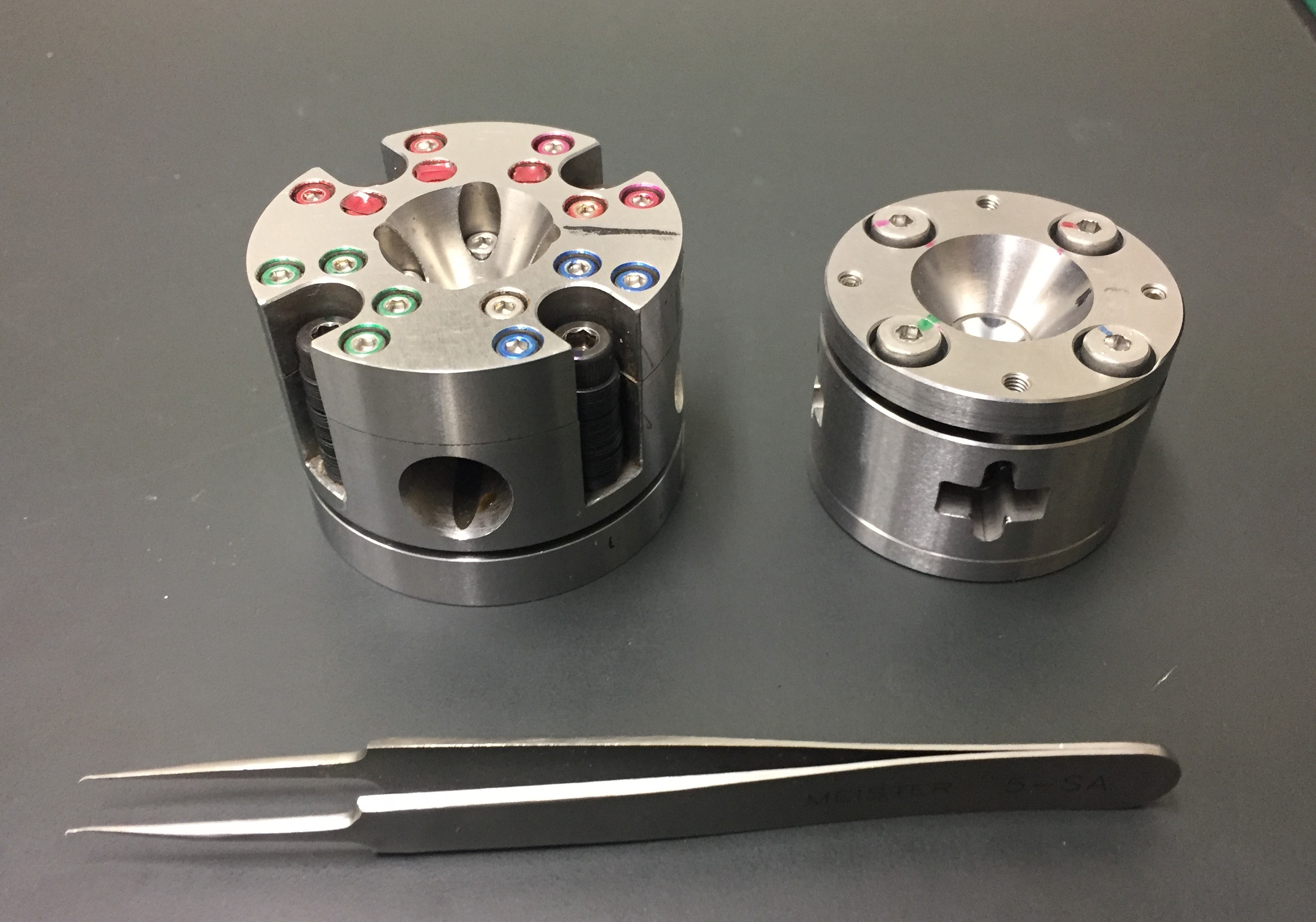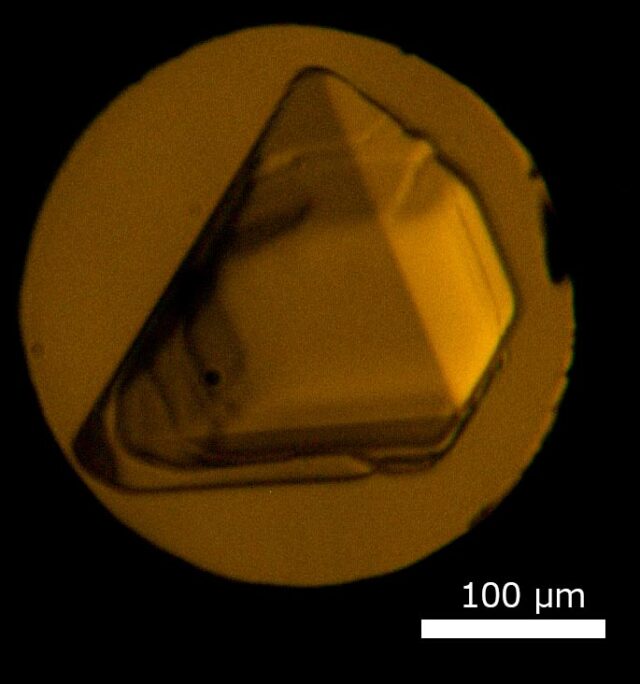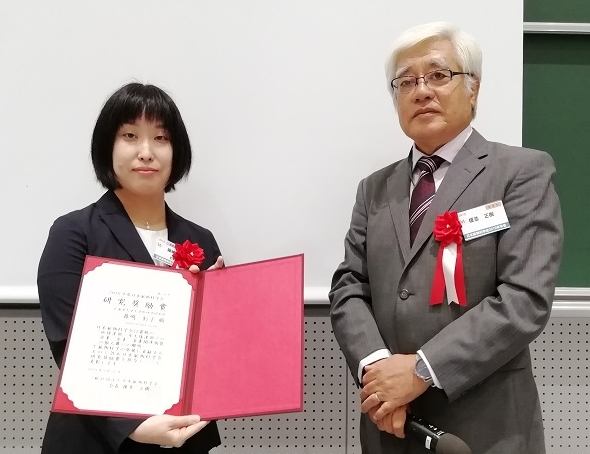SHINOZAKI Ayako
Associate Professor
High-pressure and high-temperature science of light elements and investigation of deep Earth interior.
Department of Earth and Planetary Sciences, Earth and Planetary System Science

| Theme | Behavior of carbon and nitrogen in the deep Earth and planetary interior. Phosphorus as a key to the origin of life. |
| Field | High-pressure science, Mineralogy, Geochemistry |
| Keyword | Interior of the Earth and icy satellites, Subducting slab, Deep carbon, C-O-H-N fluids, Aromatic compounds/Aliphatic hydrocarbons, Chemical evolution of phosphus compounds, High-pressure and high-temperature experiments, Diamond anvil cells |
Introduction of Research
I have been investigating behavior of carbon, nitrogen and hydrogen in the deep Earth and planetary interior using high-pressure and high-temperature experiments. Especially I’m studying about chemical evolution of organics such as aromatic compounds and amino acids.
Representative Achievements
A. Shinozaki, ACS Earth and Space Chemistry, 2023, 7, 69-76
A. Shinozaki, K. Mimura, and T. Nishida, G.D. Cody, Journal of Physical Chemistry A, 2021, 125, 376-386
A. Shinozaki, K. Komatsu, H. Kagi, C. Fujimoto, S. Machida, A. Sano-Furukawa, and T. Hattori, Journal of Chemical Physics, 2018, 148, 044507
A. Shinozaki, K. Mimura, T. Nishida, T. Inoue, S. Nakano, H. Kagi, Chemical Physics Letters, 2016, 662, 263-267
A. Shinozaki, H. Kagi, H. Hirai, H. Ohfuji, T. Okada, S. Nakano, T. Yagi, Physics and Chemistry of Minerals, 2016, 43, 277-285,




